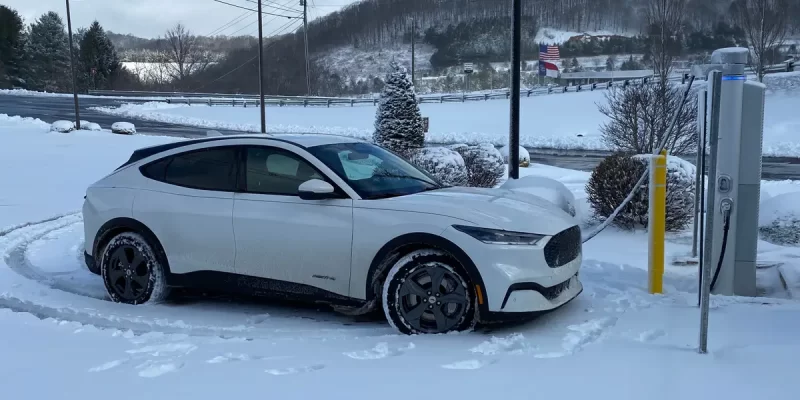
Electric vehicles (EVs), especially SUVs, are steadily becoming a preferred choice for many Indian buyers who want the benefits of clean mobility with the comfort and space of a larger vehicle. However, one question that often comes up is how these vehicles perform in colder conditions. While India does not experience extreme sub-zero winters in most regions, states like Himachal Pradesh, Uttarakhand, Jammu & Kashmir, and parts of the Northeast can have challenging winters with low temperatures, snow, and icy roads. For those considering an electric SUV in such climates, it’s important to understand how winter affects battery range and overall performance.
Why Winter Affects EV Range
All EVs rely on lithium-ion batteries. These batteries store and release energy through chemical reactions, and low temperatures slow down these reactions. This results in reduced efficiency and a shorter driving range. Studies worldwide have shown that EV range can drop by 15-30% in cold weather. While India’s winters are not as harsh as Europe’s or North America’s, drivers in hill stations or colder regions should still expect some reduction in range.
Apart from the battery itself, energy consumption for cabin heating also plays a role. Unlike internal combustion engine (ICE) vehicles, which use excess engine heat to warm the cabin, EVs must use electric heaters powered directly from the battery. This increases power demand and further reduces available range.
For anyone looking at long-term efficiency or the best mileage SUV in the electric category, understanding this seasonal impact is crucial.
Driving Performance in Cold Weather
Electric SUVs usually perform well on snowy or icy roads due to their design. The electric motor delivers instant torque, which allows smooth acceleration without the lag of gear shifts. Many electric SUVs also feature regenerative braking, which can help maintain better control on downhill slopes by reducing the need for hard braking.
However, drivers should exercise caution. Instant torque can also lead to wheel spin on icy surfaces if acceleration is too aggressive. Most modern EVs come with electronic stability and traction control systems to handle such situations, but safe driving practices remain essential.
Practical Tips for Indian Conditions
For Indian EV users living in or travelling to colder regions, a few simple practices can help maintain performance:
- Pre-condition the vehicle:
Many SUV electric cars allow the cabin and battery to be warmed while the vehicle is still plugged in. This ensures that the battery starts in an optimal state and reduces range loss.
- Park in sheltered areas:
Keeping the SUV in a garage or covered space can prevent the battery from cooling excessively overnight.
- Use seat warmers instead of cabin heaters:
Seat warmers consume less energy compared to heating the entire cabin, making them more efficient.
- Plan charging stops:
Since the charging infrastructure is still limited in hilly areas, planning is important. Cold temperatures can also slow down charging speed slightly.
- Drive smoothly:
Gentle acceleration and regenerative braking help maximise range and improve stability on slippery surfaces.
The Indian Context
For most parts of India, winter range loss will be relatively modest and not a deal-breaker. In fact, hot summers can be just as challenging for EV batteries, requiring effective cooling systems. Still, for drivers in colder states or those planning long winter road trips to the hills, being aware of winter effects on SUV electric cars is important.
Conclusion
Electric SUVs remain a practical choice for Indian conditions, even in winter. While colder weather does impact battery efficiency and range, the effect is manageable with informed driving habits and proper vehicle care. As charging networks expand into hill regions and battery technologies continue to improve, concerns about winter performance will only reduce further. For Indian buyers, understanding these aspects ensures they can make the most of their electric SUVs year-round.






